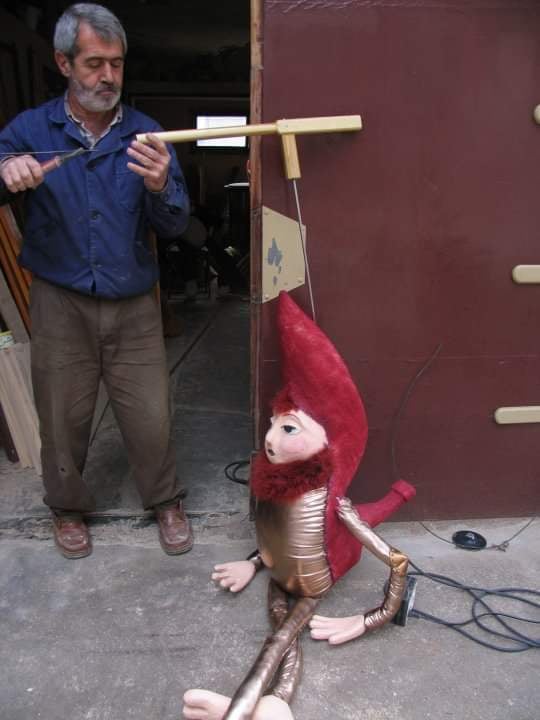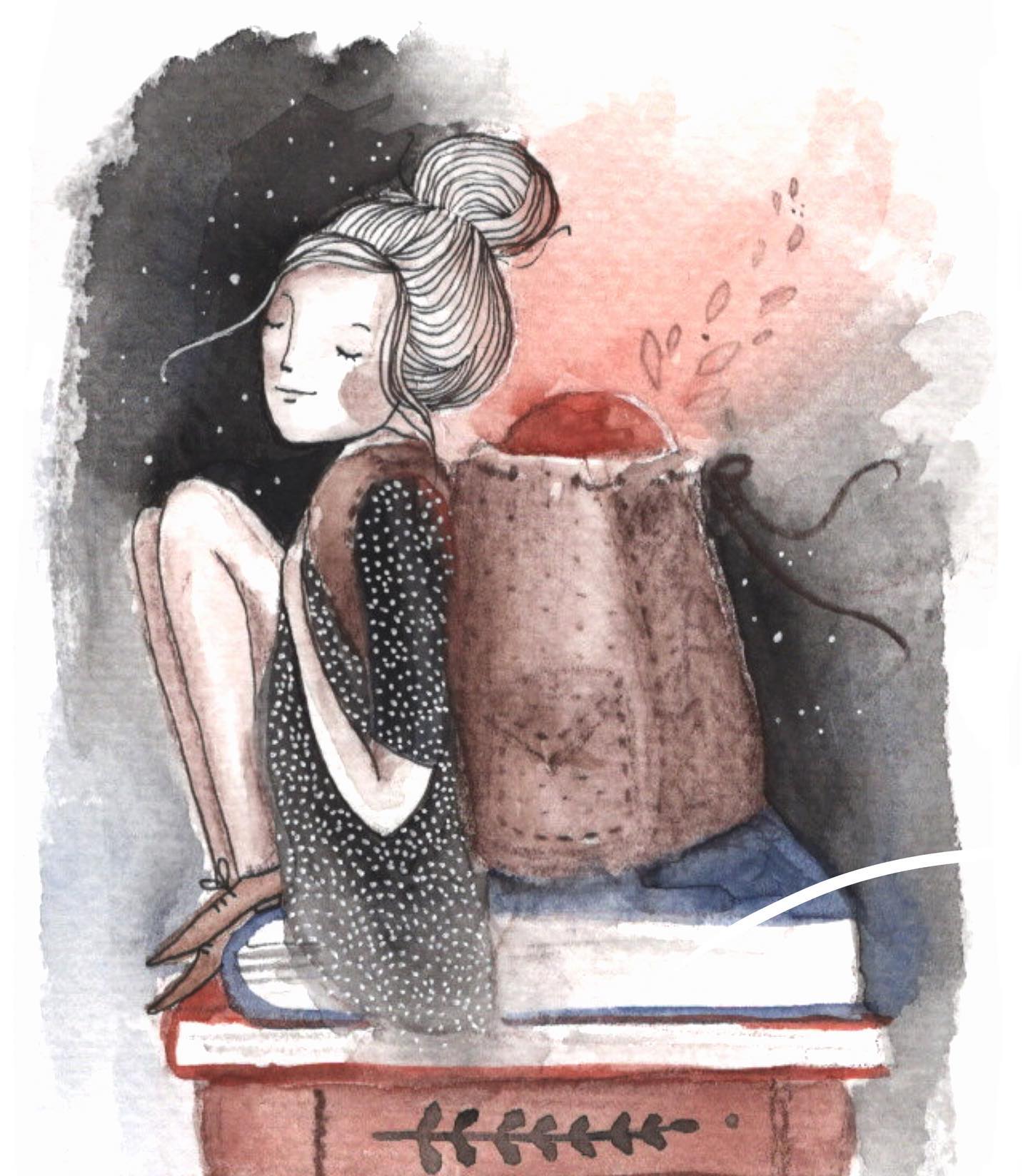Dolling Street Vibes
World Puppetry Day on March 21 is a great occasion to explore one of the most salient parts of Bulgarian culture – puppet-making.

Pagan dolls and their links to nature feature many Bulgarian traditions.
The pandemic travel restrictions and the quest for safe pastimes have triggered a new surge of interest in puppet performances.
Gradually, marionettes have become beloved entertainers in street shows across Bulgaria.
Experimenting with puppetry and other art forms, many modern artists create new original performances that wow audiences in Bulgaria and abroad.

The puppet projects of Plamen Ivanov, Fireter, and Yaroslava Bykova are the best illustrations.
The former also skilfully rethinks pagan traditions in many shows and reflects Bulgarian nature in his puppets (the snail-mobile and puppets of mantises).
Yaroslava's marionettes are popular with theatre lovers in England, France, Ireland, Russia, and the USA.
Fireter's performances cheered up spectators in England, Greece, Germany and Russia.
In the following interviews, each artist shares the secrets of the incredible marionettes and fairy tales they tell.
Plamen Ivanov on activating gigantic puppets by Fireter
.jpg)
Plamen, the Fireter collection has some of the hugest dolls in Europe - over 6 meters. What kinds of creatures do you have?
We can roughly divide them into four groups: animals, human dolls, fairy creatures, and vehicles.
Our biggest ones are the 7-meter-long spider and the 6-meter-long giant mantises.

Only the big blue giants of similar size can compete with them in scale.
Last September, they debuted at a mountainous festival in our favourite Plovdiv.
The blue giants, our newest puppets created seven months ago, belong to the 'human dolls' category.

Firemobiles are another category of our doll-props. The most outstanding is the snail-mobile.
It's a giant vehicle in the shape of a snail made of wood and metal with many hiding places and small surprises for children, moving on its own and driven by a crazy professor.
The group can also include our Christmas glowing and singing pumpkin.
Another group represents a group of fairy creatures.
We can add a green forest dwarf and his sister Clotilde (12 years old), one of our first puppets of the size of large children that we operate from stilts.

Royal De Luxe performers, known for their giant puppets, operate them with cranes and dozens of performers. How do you manage your giant puppets?
We don't have as many resources for expensive equipment as our French colleagues.
Thanks to our creative team, we found more affordable means to create fantastic shows our spectators love.
In our giants, we combine creativity, feasibility, and safety matters.

Innovative materials ensure the impressive designs of our puppets.
The mastery of our performers on stilts animates all those fantastic creatures.
We are always happy to watch how our audience interacts with our puppets. And it's safe because our performers are very mobile, and the puppets' constructions are flexible and light.
How many actors manipulate your puppets?
.jpg)
You will be surprised, but only three artists on stilts operate each of the 6-meter blue giants. And only one person runs each of our green mantises, a puppet on four stilts.
Very few Fireter performers dare to maneuver green creatures because it is rather challenging, as they are our heaviest and most dangerous costumes.
There are fans inside, and we also leave some water for the contractor to avoid dehydration.
What stories do your marionettes tell spectators during street performances?
Our genre is the fairy tale, and to create another story, we collaborate with the best authors and musicians.
.jpg)
For our giant mantises, we told a story about dangerous creatures.
A black witch controls them and walks them through the central parts of the city. She does her best to prevent them from causing damage.
With big, cheerful blue giants, it all begins with dances in the woods.
Our fire performances add more dramatic details to the show.
We experiment with different art genres and always offer our audience something new.
Another artifact - the snail-mobile - is not just a strange large vehicle but a labyrinth of entrances through which the little kids can enter a stick where surprises await them or open a fairy window and find an old suitcase.

What inside, you may ask? Well, come to us, and you will see.
Yaroslava Bykova on felting a mini-puppet theatre

Slava, your woollen puppets have become a colourful feature of modern Bulgarian street art. Performances in Varna, Plovdiv… Where did the idea come from?
I make toys all my life. Yet, I began working with wool 12 years ago when I saw a puppet theatre from Plovdiv for the first time.
They came for a festival in Omsk, my home town (Russia).
I was deeply impressed by the Bulgarian marionettes. I started ordering Bulgarian wool and making different toys, pictures, clothes, and marionettes.

The best wool I've ever seens, really!
And while choosing where to live in Bulgaria, my family considered only two options: Plovdiv, the creative region, and Kardzhali, the wool production centre.
But when we saw Plovdiv, we fell in love with the city and stayed there.
Which techniques do you use for making puppets?
Felting. Only. It's a process of producing a creative artifact by combining and compressing loose fibers or wool.
I love this means of expression because it allows great creativity, and all artworks have their individuality and look incredibly sophisticated.
I create miniature marionettes for amateur theatre lovers, but I also make puppets for creative professionals.
Several years ago, famous Russian writer Faina Grinberg ordered a puppet of François Villon that she needed to understand better the storyline of her next play.

How much time does it take to make such tiny puppets?
It takes me three days minimum of intensive work to create the smallest personage of a woollen theatre, a figure 8-centimeters long.
For one puppet, I use between 20 and 30 grams of wool.
And how do you choose protagonists for woollen theatres?
All the little performers are from our, my children's and mine, favourite cartoons and fairy-tales such as Mumintrolls and My Neighbor Totoro.
You frequently experiment with your puppets at different events and street shows. I still remember your incredible theatre in the coat. And how do those who buy your theatre use it?

My first theatre went to an American acting school to teach students performing arts.
Their teacher personally selected the set of puppets in Rukadelnitsa.
Many art lovers from England, France, Ireland, Russia, and Bulgaria order woollen theatres as gifts for children or home concerts.
I'm happy that my toys entertained people during these difficult times and still provide many with ideas for pleasant pastimes even after prolonged COVID restrictions.





